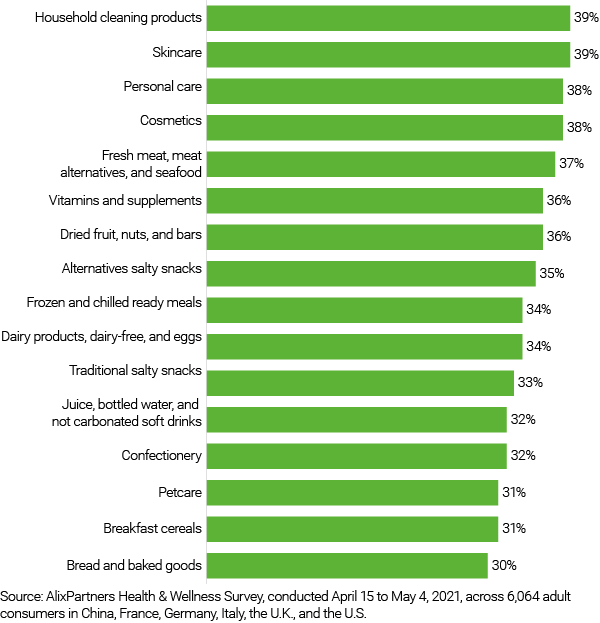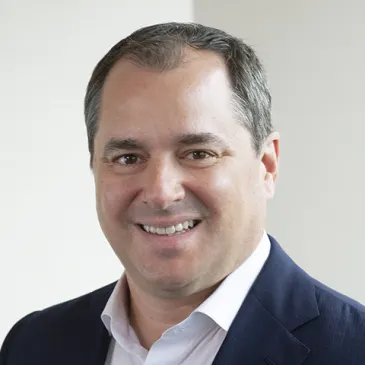All of us in the consumers goods industry have known for a while that consumers are on the hunt for health and wellness products. If you’re in this space (and reading this piece), you undoubtedly already have a line of healthy products. And the growing flood of websites, influencers, and startups dedicated to clean eating and self-care is a clear sign that consumer demand is continuing to increase. So, it’s surprising to find that one in two consumers still find it difficult to achieve their health and wellness goals – suggesting a large unmet need in the market. This revelation comes from a survey conducted with the goal to assess consumers’ understanding and success in health and wellness. We polled consumers in China, France, Germany, Italy, the U.K., and the U.S. Detailed findings from the survey are here.

After cost, efficacy and availability are the next biggest barriers. It is interesting to note that consumers are really beginning to demand better tasting or smelling products as well. When healthy food first started gaining traction, it used to have the bad rap of not tasting good. This is decidedly not the case anymore. While companies have responded to consumer demand, there is room for growth. A larger percentage of consumers told us this year than last that inadequate taste/smell/efficacy have stopped them from buying these products. As consumers experiment with more health foods and companies keep innovating, we think barriers will gradually shift from price to personal preference. This is a key takeaway for any company that is either launching new healthy product lines, expanding them, or working to improve offerings.
Consumers are telling us they need help executing on their health and wellness goals. There is clear space for brands to make gains here, especially if they can use their leading voices to help guide interested shoppers to confident buying decisions.


